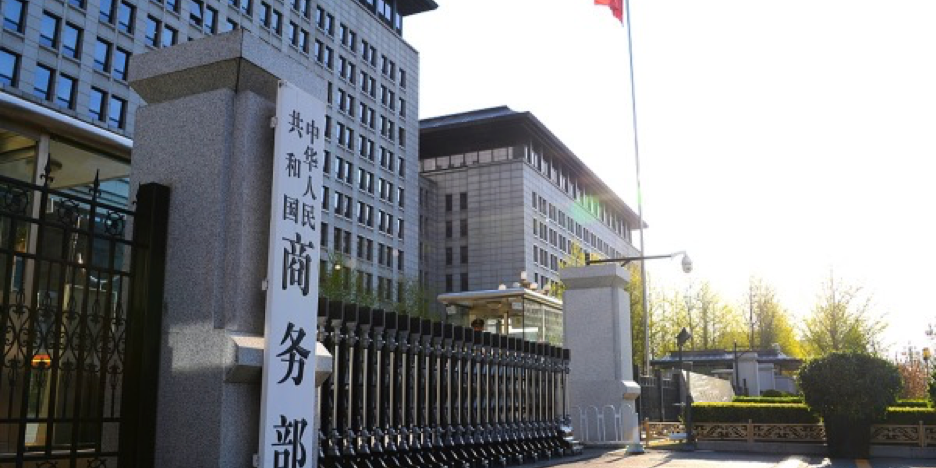CHINA is set to impose additional 34 per-cent tariffs on all products imported from the United States (US) as of April 10, the Customs Commission of the State Council announced.
The announcement, issued on Friday 4 April, follows the US decision to impose ‘reciprocal tariffs’ on China’s exports to the US, a move which the commission said does not conform to international trade rules, seriously undermines China’s legitimate rights and interests and represents a typical act of unilateral bullying as reported by the China Daily.
The reciprocal tariffs announced by Washington on Thursday 3 April are based on President Donald Trump’s perspective that they will make the US stock market boom, a policy direction, which the World Trade Organisation (WTO) said has instead fuelled the decline in global trade and the potential for an escalating tariff war.
US has also imposed a 10% reciprocal tariff to Solomon Islands last week.
Further to the proposed imposition of 34 per-cent tariffs on all imports from the US, the China Daily reported that China has filed a lawsuit with the WTO dispute settlement mechanism.
China’s Ministry of Commerce spokesperson was quoted saying, “by imposing the so-called ‘reciprocal tariffs’, the United States gravely violates WTO rules, seriously undermines the legitimate rights and interests of WTO members and seriously damages the rules-based multilateral trading system and the international economic and trade order.”
“It is a typical unilateral practice of bullying that jeopardizes the stability of the global economic and trade order, and China is firmly opposed to this, the spokesperson added.
The WTO has in place a comprehensive framework of trade rules to promote free, fair and predictable global trade. These rules are negotiated and agreed upon by its member countries, which currently stand at 164. These rules are designed to reduce trade barriers, prevent discrimination and resolve disputes.
Some of the key WTO rules include:
1. Most Favored Nation (MFN) – Countries must treat all other WTO members equally. If a country grants a trade advantage, such as a lower tariff, it must extend it to all and that free trade agreements and customs unions, such as the European Union (EU) and United States-Mexico-Canada Agreement (USMCA), are allowed as long as they cover substantially all trade.
2. Equal Treatment for Imports and Domestic Goods -Once foreign goods enter a market, they must be treated no worse than domestically produced goods in terms of taxes, regulations and standards.
3. Tariff Bindings – Members commit to maximum tariff rates (bound rates) for specific products. They can apply tariffs, but not exceeding bound rates without negotiations so as to ensure predictability for exporters.
4. Anti-Dumping – Countries can impose anti-dumping duties if foreign firms sell products below ‘normal value’ and cause injury to domestic industries.
5. General Agreement on Trade in Services – Application of MFN and national treatment principles to services and countries can choose the sectors to open to for foreign competition.
6. Technical Barriers to Trade (TBT) – Technical regulations, standards and testing procedures must not create unnecessary obstacles to trade, but rather be based on international norms where possible.
7. Transparency and Notification requirements – Members must publish trade regulations and notify the WTO of changes to allow other countries to review and adjust.
8. Dispute Settlement Mechanism – A structured process to resolve trade conflicts between members through the Dispute Settlement Body (DSB). If a country violates WTO rules, it may face trade sanctions, unless it complies.
Meanwhile, according to statistics, the US and China are the world’s largest economies with a complex, but longstanding trade relationship. As of 2022, China was the third largest export market for the US after Canada and Mexico.
Despite diplomatic tensions and the COVID pandemic, commodity exports from the US to China reached a historical high in 2022.
By DELI-SHARON OSO
In Beijing, China









